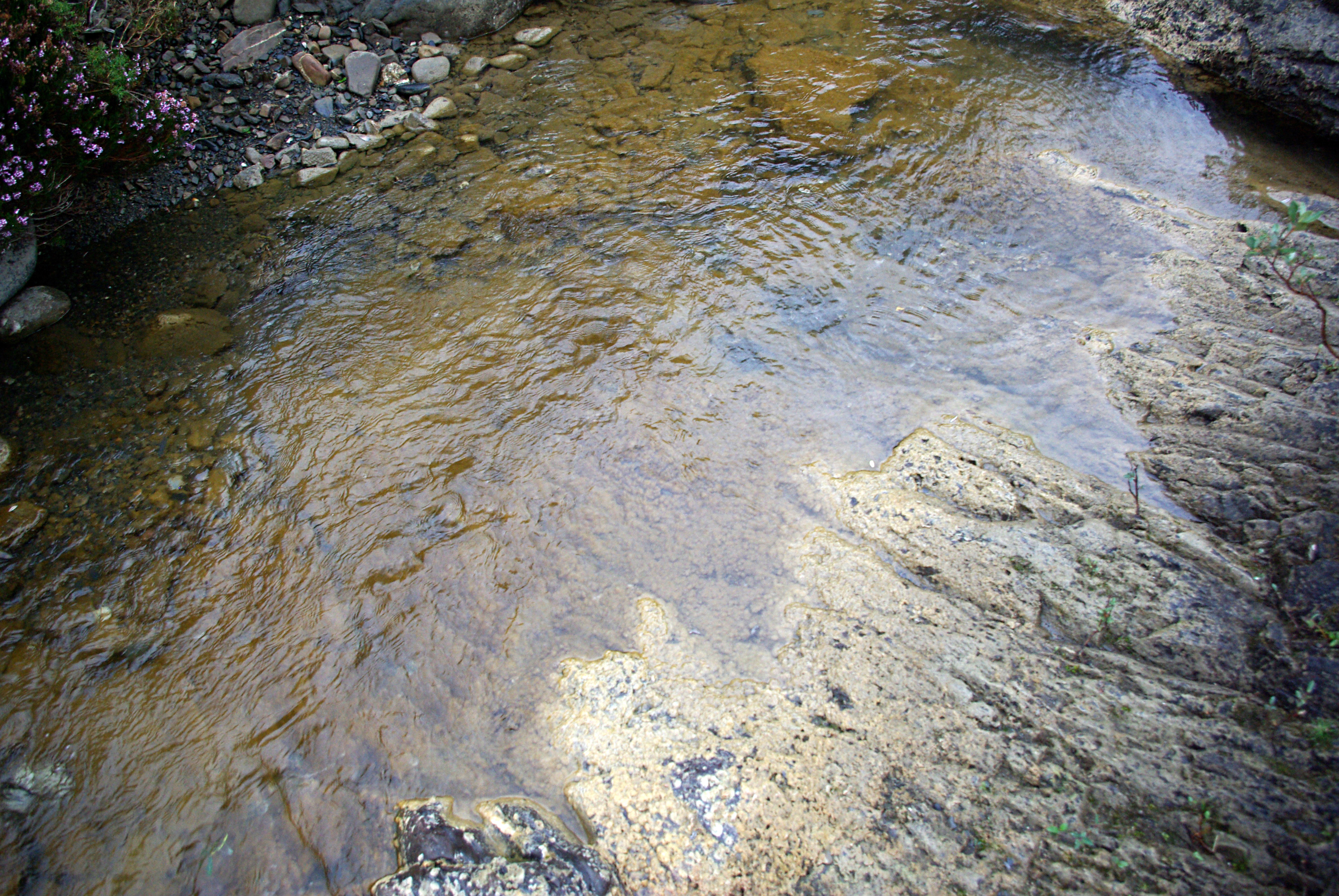Meet Didymo. Didymo, or Didymosphenia Geminata as it’s known scientifically, is a microscopic algae plaguing rivers around the globe. It produces thick, mat-like growths or blooms that coat stream beds and rocks in both flowing and still rivers. The slime, which is flourishing more and more every day, is caused by a microscopic alga, a diatom that hasbecome so notorious it is recognised around the globe by its own moniker – Didymo.

The diatom was first spotted in 1988, with a few patches of alga in the Heber River in Vancouver Island. After just one year, long stretches of the river were covered in thick mats of this slimy organism, shocking locals and scientists around the world.
Usually diatoms or algae bloom when water is rich in nutrients, but Didymo breaks all the rules. Scientists have discovered that when it creates the huge snot-like strands it is not reproducing, but morphing – transforming from something benign into something malignant. Each single celled organism exudes long strands of mucus that get tangled up to form the mats and slime that coat the rivers and rocks.
Didymo has now taken hold of rivers and streams throughout the world, from Canada to Poland and Iceland to Chile. Initial investigations suggested that people were to blame for the sudden explosion of this tiny organism, by transferring the algae to different waterways on boats, kayaks and fishing equipment. However, new research has shown that Didymo may have been present in the worlds rivers all along.
On the whole however, Didymo hasn’t yet caused the ecological catastrophe that many were expecting. While some places, such as New Zealand, have been hit harder than others, many areas, including the United States, have found that the effects of the algae have been more of a nuisance than an environmental disaster. One of the main concerns was how Didymo would affect water quality and fish living in the rivers, but so far the detrimental effects have remained largely aesthetic.
One thing that has become apparent is how humans have affected the rivers, and inadvertently created an environment where Didymo can thrive. The burning of fossil fuels, use of additional nitrogen-rich fertilisers and effects of climate change are all mechanisms that have helped Didymo blossom – and left the world with some seriously slimy streams.
Aquaread manufactures scientific multi-parameter water monitoring equipment, the likes of which may be used to test water quality in water bodies where Didymo is present.
If you would like any more information about our products please give us a call.
